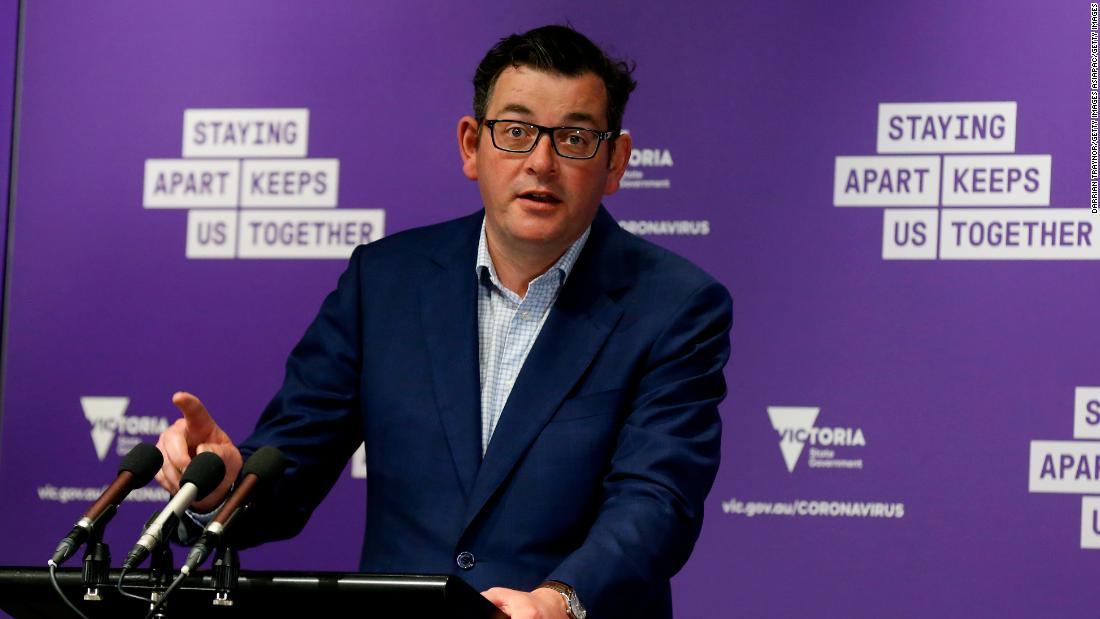Analysis: Could Australia’s lockdown strategy work for the US?
“The Covid-19 epidemic in our country has gone through four waves,” Wu Zunyou, chief epidemiologist at the Chinese Center for Disease Control and Prevention (CDC), said Saturday. “Besides the first wave (in Wuhan), the other epidemic waves were clusters that were regional and small-scale and were effectively controlled.”
For some lockdown skeptics, China’s experience was easy to dismiss: the country is an authoritarian, one-party state, and its methods could not necessarily be applied in democracies.
But the situation in Victoria proves that the lockdown strategy does work elsewhere, and that, given the proper information and reassurances, people are willing to make the sacrifices required to contain the virus.
With the outbreak in Victoria contained, the number of cases throughout the rest of Australia has continued to trend down. On Sunday, New South Wales, which includes Sydney, reported four new cases, while Queensland state reported just one.
New Zealand too, which on Monday began reducing social distancing regulations after daily cases dropped to zero, has seen positive results from lockdowns, enabling the country to return to relative normality far faster than nations which did not take such measures.
The US, however, remains the worst hit country in the world, with more than 6.7 million coronavirus cases and almost 200,000 deaths, according to Johns Hopkins University. As those figures potentially rise through winter, and with less and less reason to go outside, some people may start to reconsider their anti-lockdown sentiment.
An earlier version of this story incorrectly suggested that authorities in Melbourne would consider lifting a nighttime curfew next week. The curfew is currently in effect until October 26.
CNN’s Angus Watson and Eric Cheung contributed reporting.
![]()


